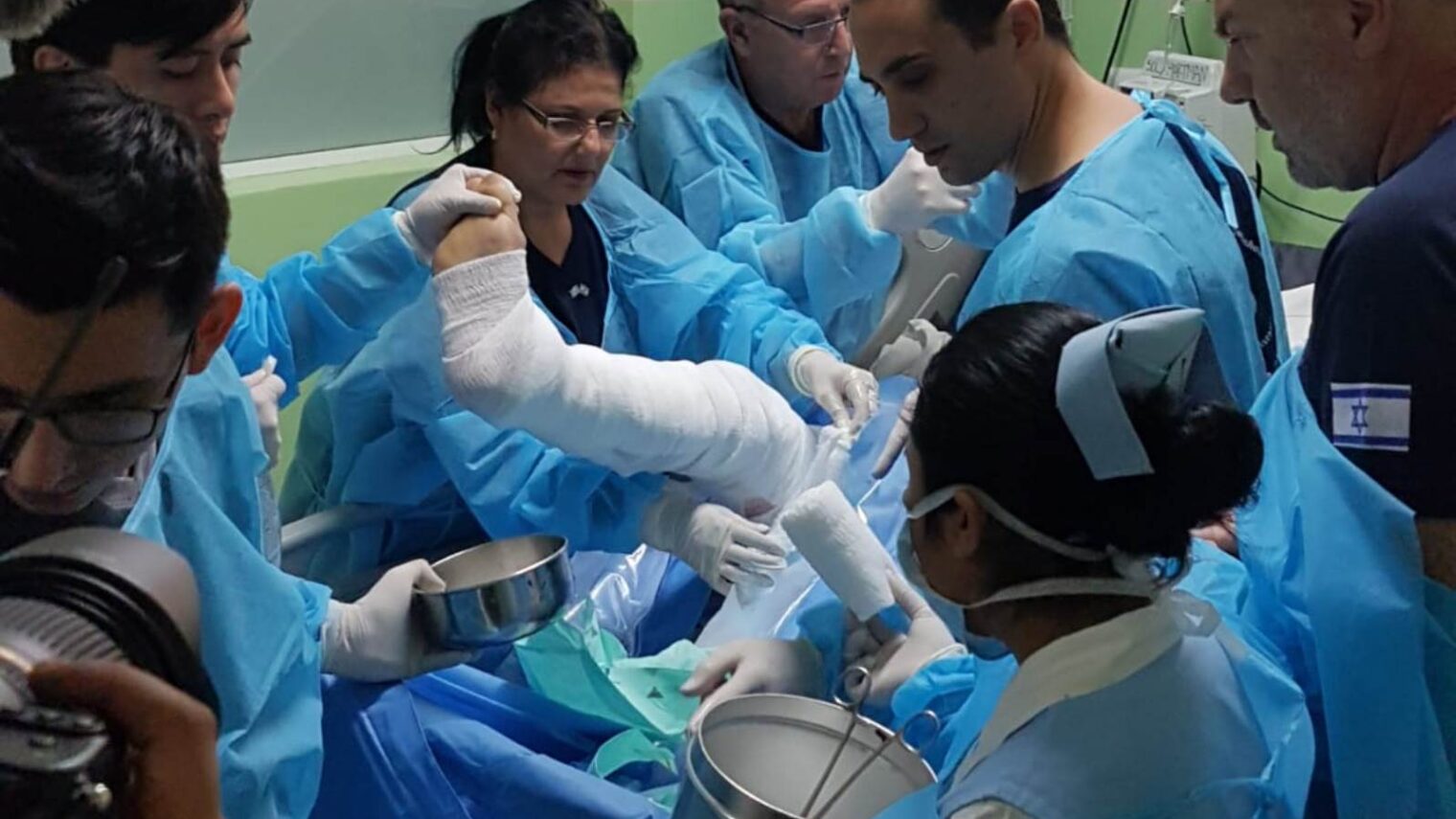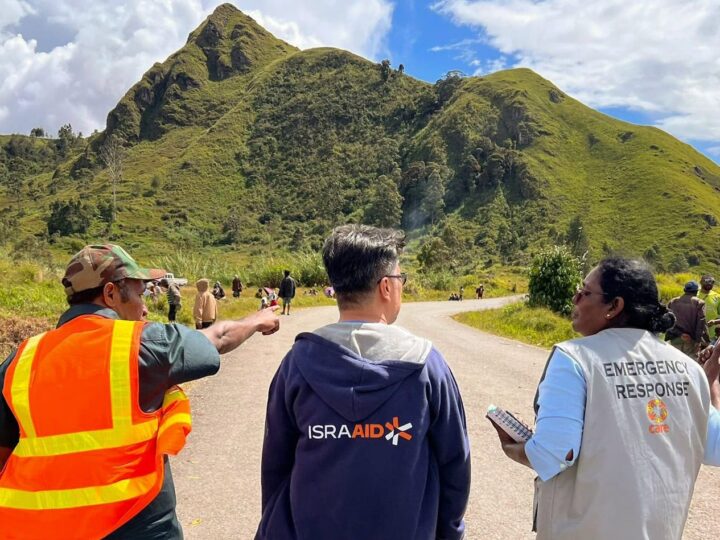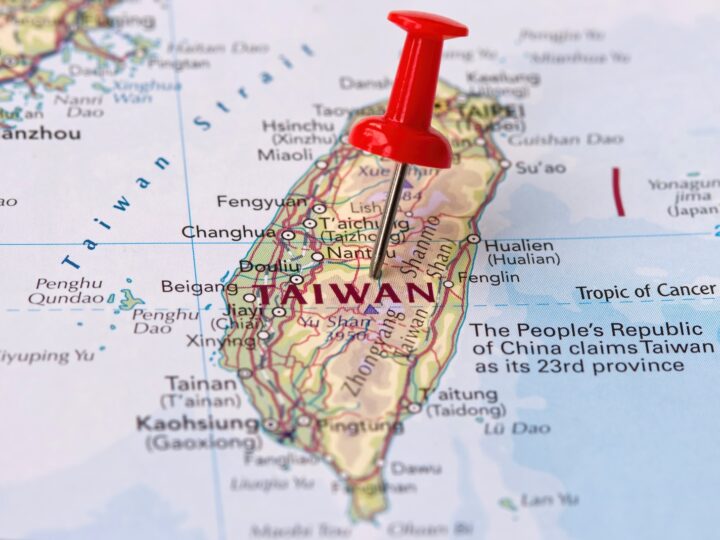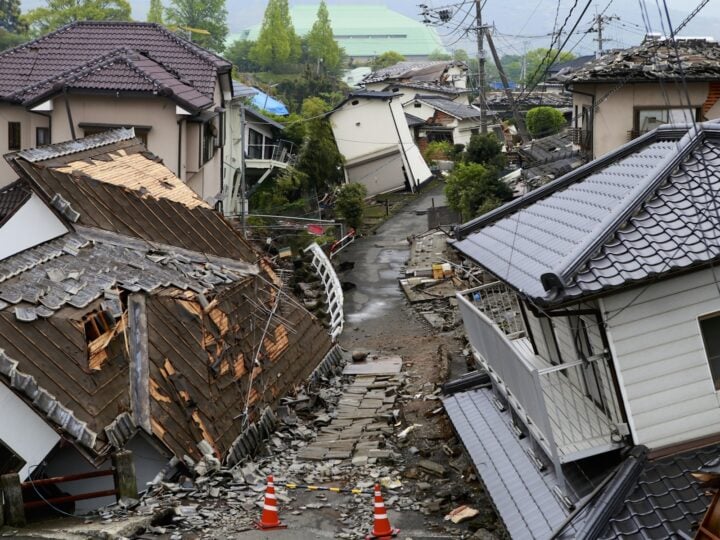The ground was still smoking from the hot fury of two volcanic eruptions early last week when an Israeli medical team arrived in Guatemala on Thursday night.
Magen David Adom (MDA) paramedic Tal Rabin told ISRAEL21c that the toxic gases released by the Fuego volcano made breathing difficult even through a mask. But much worse was the grim sight of body parts being extracted from the lava engulfing cars and houses up to seven meters (23 feet) high in the two villages that bore the brunt of the eruption.
“It’s horrible. People were burned alive,” reported Rabin on June 10.
“A lot of people are still missing. And I heard there are already 20 first-responders who died while trying to help. The ground is so hot it burns through their shoes. Unfortunately, the volcano is still active; it’s not over yet.”
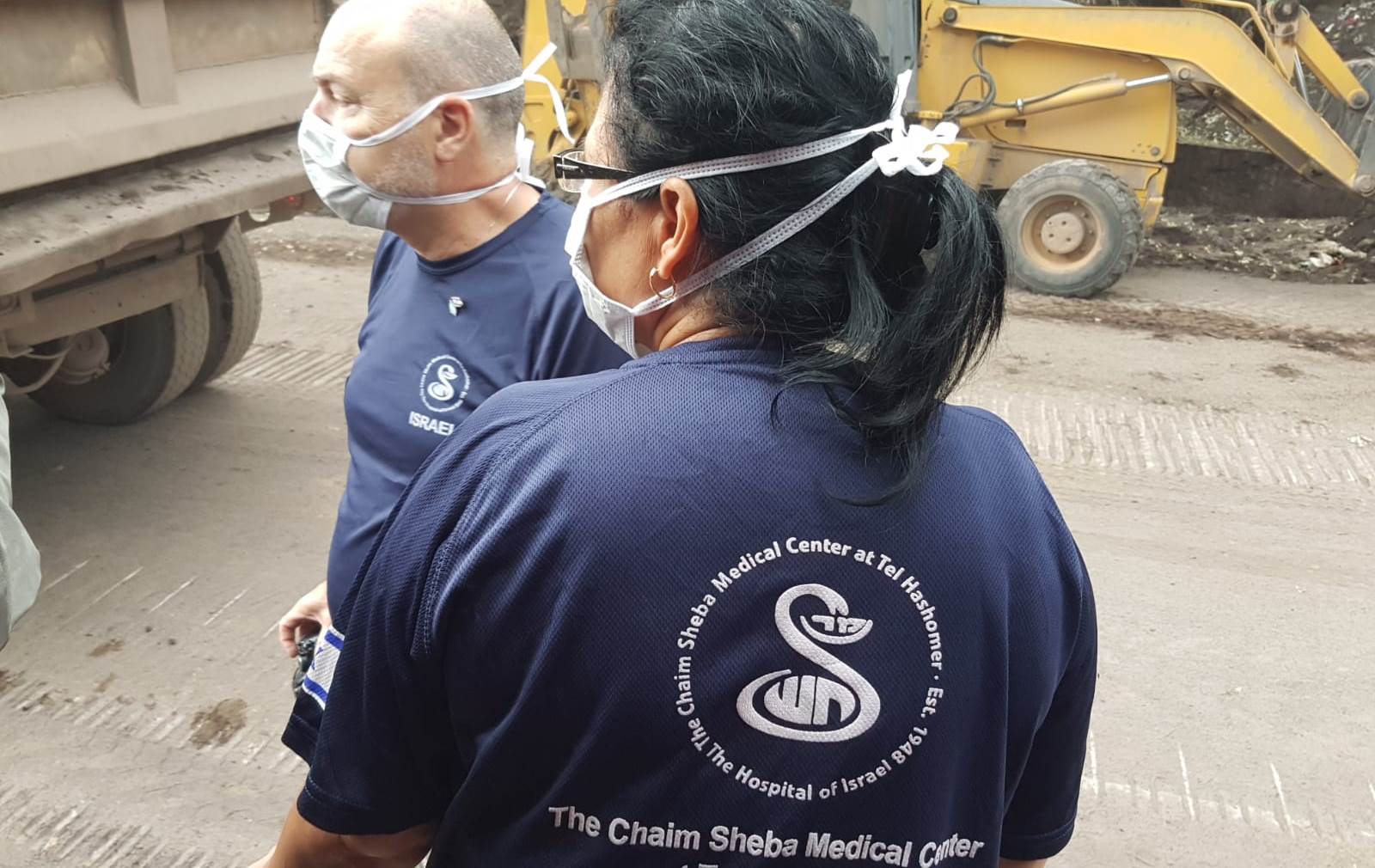
Rabin accompanied a nurse anesthetist and six doctors from Rambam and Sheba medical centers in Israel. Sponsored by Israel’s Ministry of Foreign Affairs, National Security Council and Ministry of Health, the delegation coordinated with the Guatemalan Ministry of Health to offer assistance at two hospitals in Guatemala City, a hospital closer to the affected villages and a field hospital set up in a church.
“The local doctors are doing an amazing job. We’re here to consult and to help,” Rabin emphasized.
To date, the Fuego eruption has killed at least 100, with hundreds still missing and thousands displaced. As soon as news of the disaster reached Israel, the Foreign Ministry transferred $10,000 to its embassy in Guatemala City earmarked for buying medicine, food and blankets for victims.
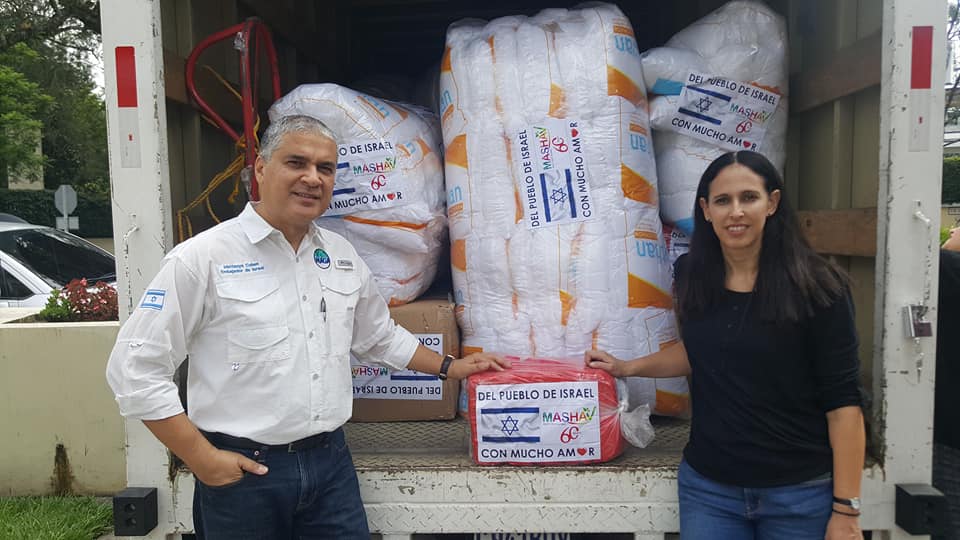
Israeli gel helps burn victims
Dr. Josef Haik, director of the intensive care burn unit at Sheba Medical Center and veteran of many humanitarian missions, brought along NexoBrid gel, a pineapple-based enzyme from Israeli company MediWound for non-surgical, non-traumatic removal of necrotic tissue from second- or third-degree burns.
Rabin explains that NexoBrid removes the dead skin and leaves the healthy skin intact, which helps doctors evaluate the depth of burn wounds noninvasively. She observed as the Israeli team used the gel on 70-year-old and 42-year-old burn victims at Roosevelt Hospital in Guatemala City.
“The 42-year-old man is the head of one of the villages. His son told us that everyone was fleeing to safety but his father didn’t agree to leave until he finished helping get everyone out. That’s why he was severely injured. I hope that we and the Guatemalan team helped to save his life.”
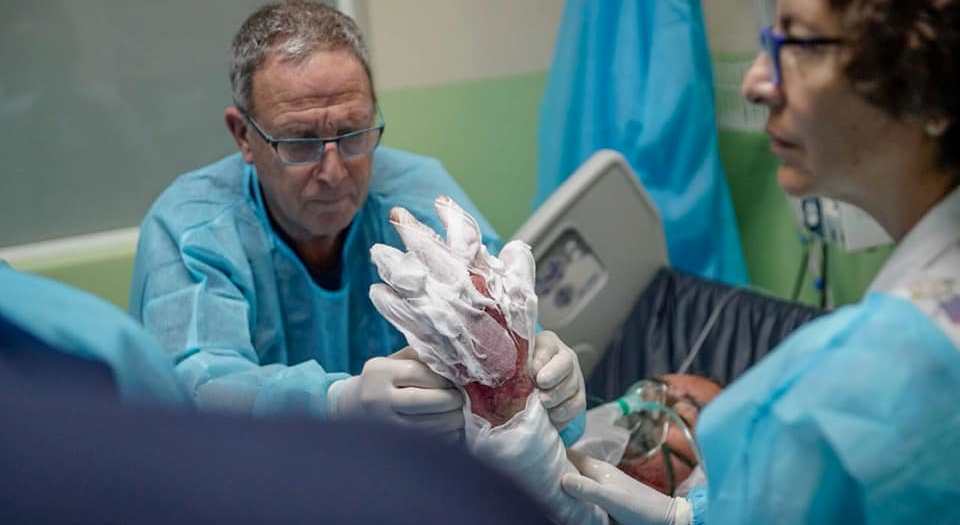
Rabin, 28, assisted the doctors in various ways, did checkups on children in shelters and coordinated activities with the Guatemalan Red Cross, which is trying to reunite families separated by the disaster.
She previously worked with MDA’s team following the April 2015 Nepal earthquake and completed a Red Cross course in Italy on managing mass casualty events. MDA is a member of the International Federation of Red Cross and Red Crescent Societies.
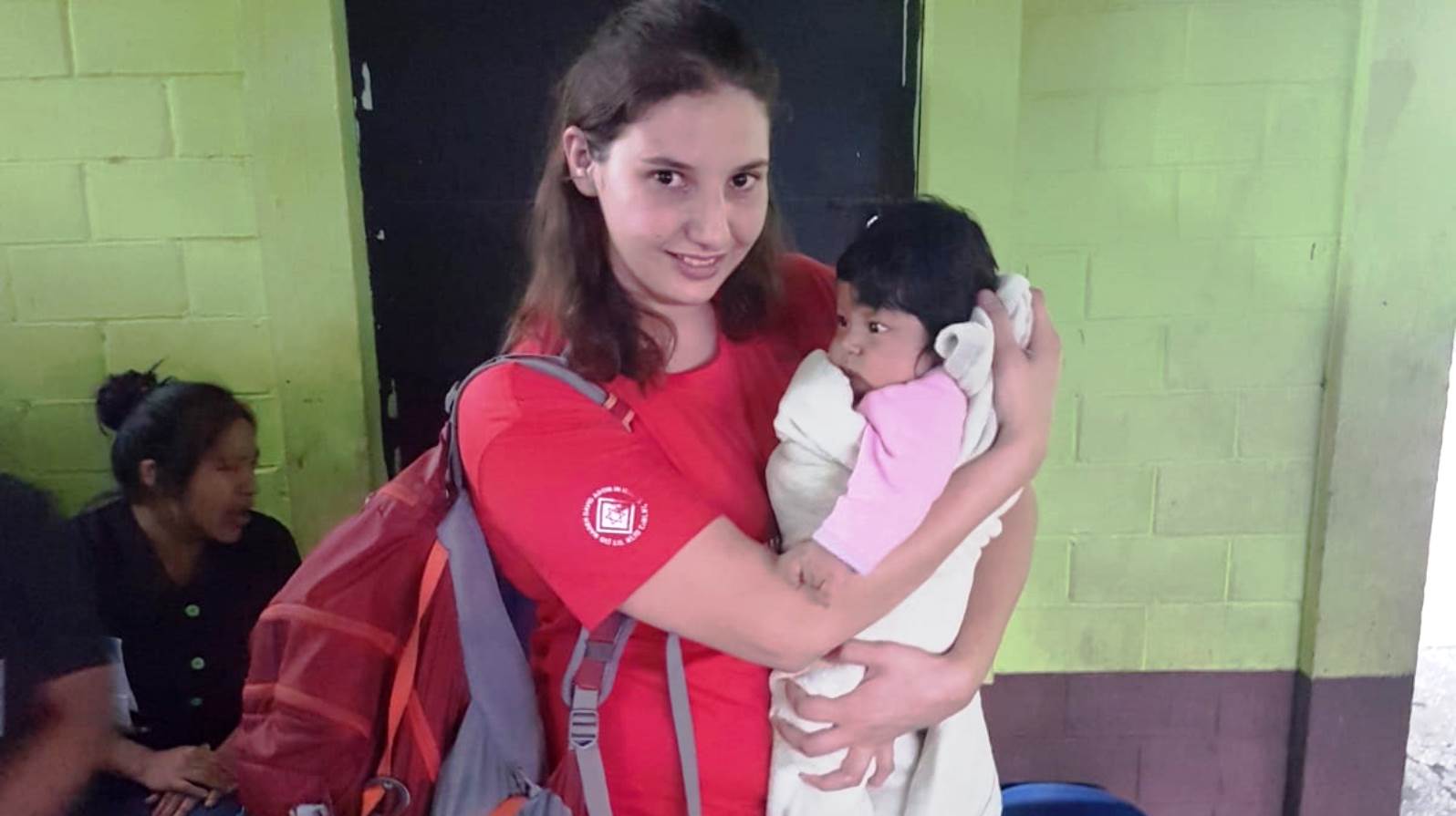
Rabin relates that she didn’t hesitate to join the mission when approached by her MDA supervisor, even though it meant missing her last week of classes in medical school this semester at Tel Aviv University.
While the other team members are staying on for a while longer in Guatemala, she began her long return journey to Israel today (June 11) to prepare for her end-of-year exams.
“I literally dropped everything to go to Guatemala because I feel that whenever somebody is in need — whether in my backyard or across the world — and I can help even a little bit that’s what I have to do as an Israeli, as a Jew, as a first-responder and as a future doctor,” said Rabin.
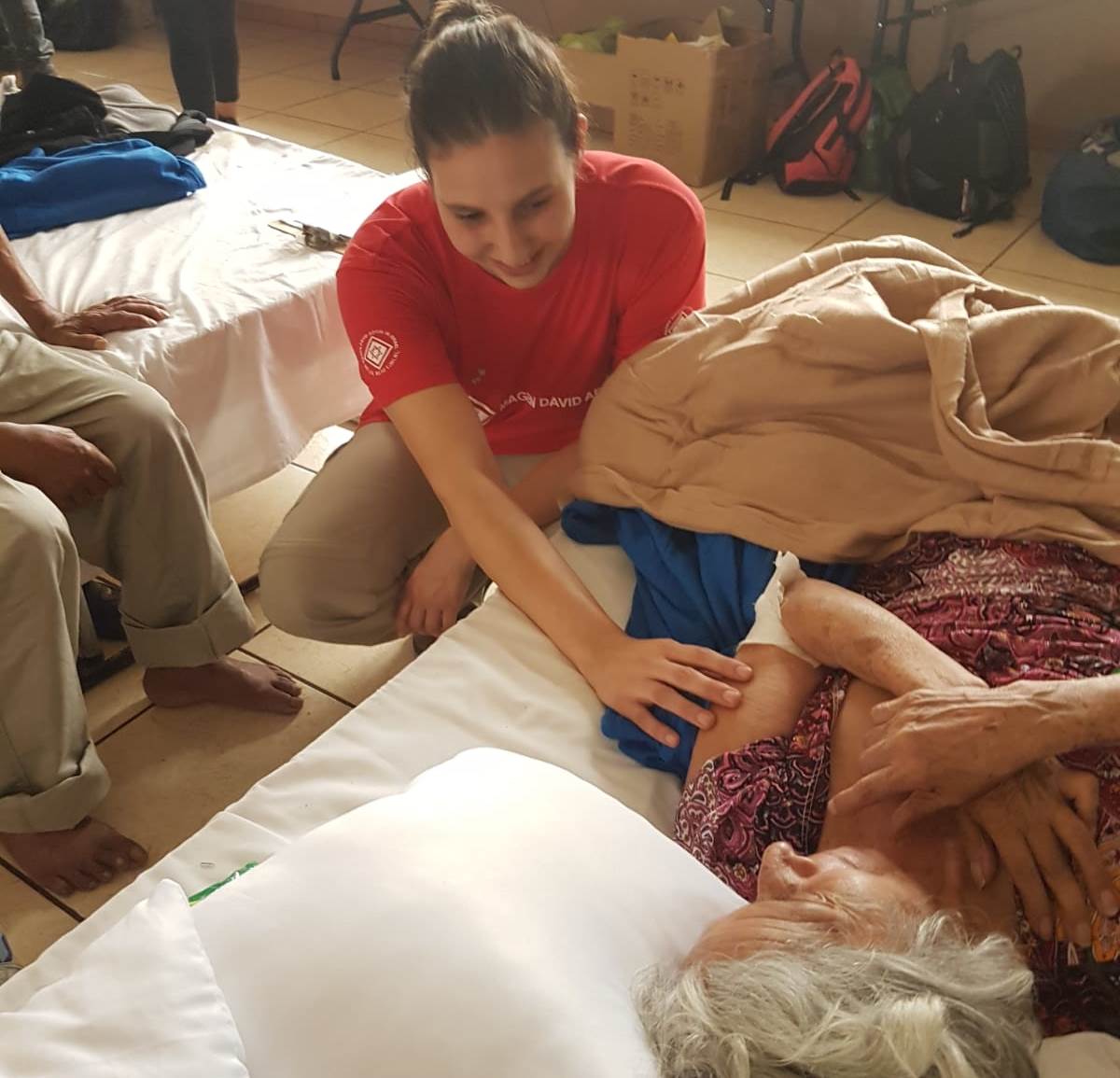
IsraAID distributing supplies, evaluating needs
Accompanied throughout their humanitarian mission by Israeli Ambassador to Guatemala Mattanya Cohen and his deputy, Rabin’s team of eight was not the only Israeli presence in Guatemala.
On June 5, humanitarian aid NGO IsraAID sent emergency responders to the hard-hit area of Escuintla.
With funding from the AJC and the Koret Foundation, the IsraAID volunteers distributed hygiene kits to hundreds of evacuated families in shelters and assessed immediate water, sanitation and hygiene needs as well as mental health and psychosocial needs.
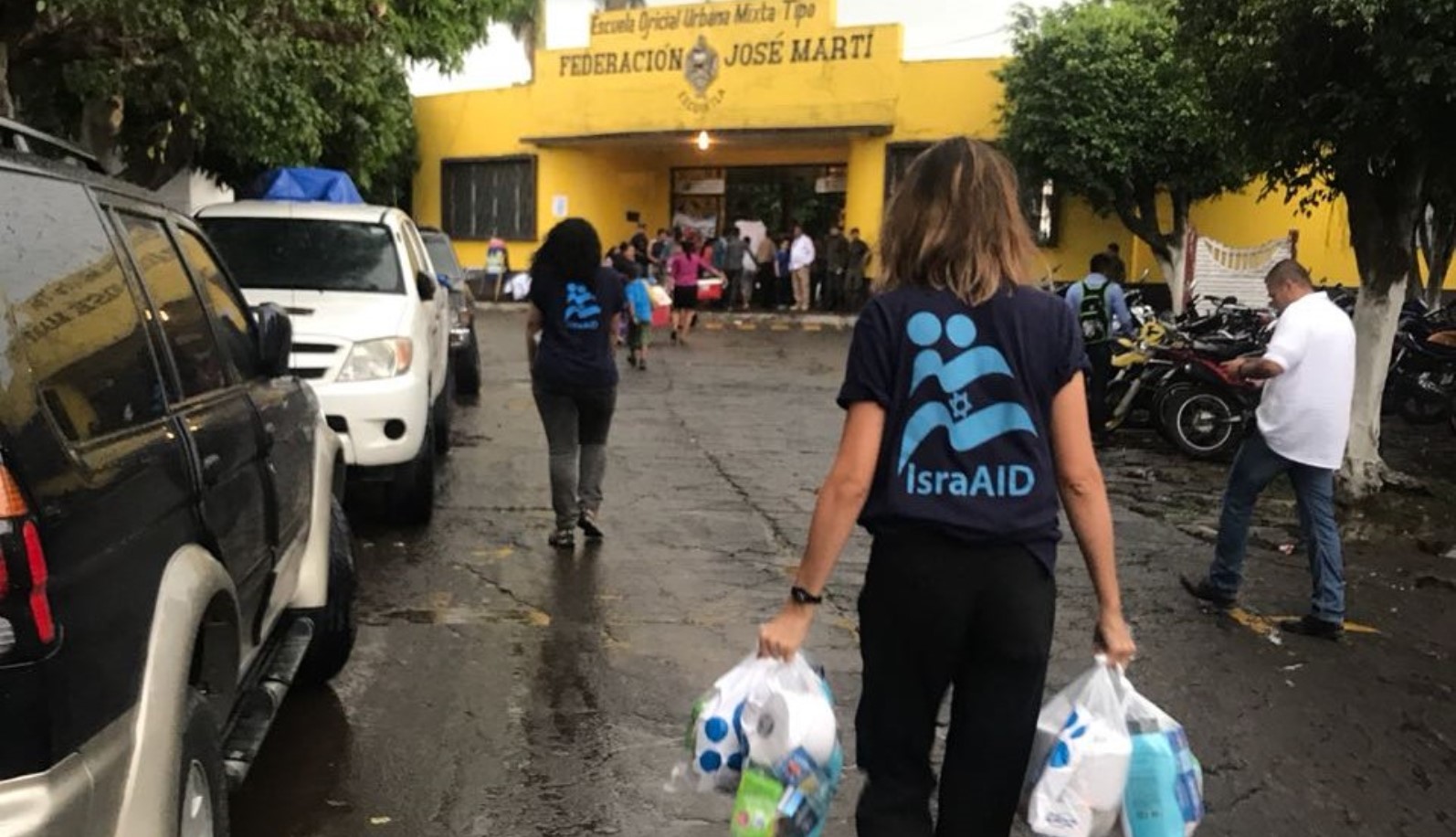
Describing the scene, IsraAID’s Jaime Rhemrev said, “There’s a lot of sadness and a lot of uncertainty. People don’t know whether their houses are still standing, and, even if they are, they fear not being able to go back. Many have lost family members, homes and livelihoods.”
In addition to the Israelis who flew over, 45 Guatemalan first-responders trained earlier this year by Israeli volunteer rescue and recovery organization ZAKA got to work immediately aiding search-and-rescue forces in the disaster area and offering assistance to those affected by the eruption.




